After taking a moment of self-reflection for, you’ve unlocked tailored insights and tools to support you.

Moodfit

Happier

Happify

Rootd


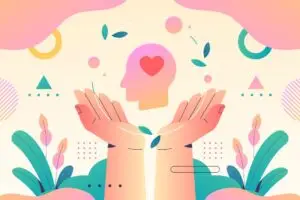
Key Facts Prevalence: Over 70% of Indian students report experiencing academic pressure, with higher rates observed among high school and college students. Mental Health Impact: Academic pressure is a leading...
Read More
Acrophobia, commonly known as the fear of heights, is one of the most prevalent phobias globally, including in India. Characterized by an intense fear of heights that can result in...
Read More
Attention Deficit Hyperactivity Disorder (ADHD) is a neurodevelopmental disorder that affects millions of children and adults worldwide, including in India. Though traditionally underdiagnosed and misunderstood in the Indian population, ADHD...
Read More
Key Facts Adjustment disorders (AD) are stress-related conditions where individuals struggle to cope with a significant life change or stressful event. The prevalence of AD in India is estimated to...
Read More
Key Facts Prevalence: Agoraphobia affects approximately 12% of the global population. In India, it is increasingly recognized but remains underreported due to stigma and lack of awareness. Onset: Symptoms...
Read More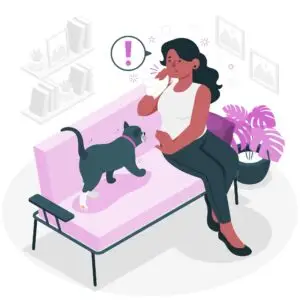
Key Facts Ailurophobia is a specific phobia characterized by an intense fear of cats. In India, data on ailurophobia is limited, but it is estimated that 3-5% of individuals with...
Read More
1. Key Facts Prevalence: Angerrelated issues affect about 1520% of India’s population, with higher rates among adolescents and young adults. Impact on Relationships: Uncontrolled anger and aggression can lead to...
Read More
Overview Anorexia Nervosa is a severe eating disorder characterized by an intense fear of gaining weight, distorted body image, and extreme food restriction. Though commonly associated with Western societies, cases...
Read More
Overview Antisocial Personality Disorder (ASPD) is a chronic mental health condition characterized by persistent patterns of disregard for others' rights, deceitfulness, and lack of remorse. Individuals with ASPD often engage...
Read More
Key facts Anxiety disorders are the world’s most common mental disorders, affecting 301 million people in 2019. More women are affected by anxiety disorders than men. Symptoms of anxiety often...
Read More
Overview Arachnophobia, or the intense fear of spiders, is one of the most common specific phobias worldwide, including in India. Though spiders are generally not dangerous in India, the fear...
Read More
Overview Astraphobia, also known as the fear of thunder and lightning, is a specific phobia that can cause extreme distress and anxiety in individuals. While it is common among children,...
Read More
Overview Attachment issues refer to difficulties in forming secure and healthy emotional bonds with others, often stemming from early childhood experiences. In India, where family dynamics and societal structures play...
Read More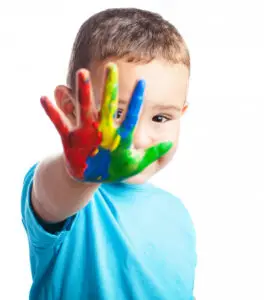
Overview Autism Spectrum Disorder (ASD) is a neurodevelopmental disorder characterized by difficulties in social interaction, communication, and repetitive behaviours. In India, awareness and diagnosis of ASD are increasing, but there...
Read More
Overview Aviophobia, or the fear of flying, is a specific phobia that affects individuals worldwide, including a significant number of people in India. It is often characterized by extreme anxiety...
Read More
Key Facts Prevalence: Behavioural disorders like Attention Deficit Hyperactivity Disorder (ADHD), Oppositional Defiant Disorder (ODD), and Conduct Disorder are now being increasingly recognized in India, with studies indicating that perhaps...
Read More
Key facts Bipolar disorder is a mental health condition that affects a person’s mood, energy, activity and thought and is characterized by manic (or hypomanic) and depressive episodes. An estimated...
Read More
Body Dysmorphic Disorder Overview Body Dysmorphic Disorder (BDD) is a mental health condition characterized by an obsessive focus on perceived flaws in one's appearance, which are often unnoticeable to others....
Read More
Borderline Personality Disorder Overview Borderline Personality Disorder (BPD) is a mental health condition characterized by pervasive patterns of instability in emotions, self-image, and interpersonal relationships, often leading to impulsive behaviours....
Read More
Bulimia Nervosa Overview Bulimia Nervosa is a significant eating disorder characterized by cycles of binge eating followed by compensatory behaviours such as self-induced vomiting, excessive exercise, or misuse of laxatives....
Read More
Chronic Stress Overview Chronic stress is a prolonged and persistent state of psychological and physiological strain caused by various life challenges. In India, rapid urbanization, high workplace demands, financial insecurity,...
Read More
Claustrophobia Overview Claustrophobia is an anxiety disorder characterized by an intense fear of confined or crowded spaces. It can trigger severe panic attacks, leading to distress and avoidance behaviours. While...
Read More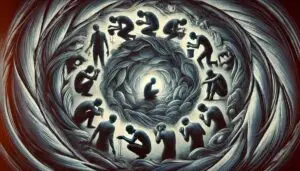
Key Facts Prevalence: Compulsive behaviors affect a significant portion of the Indian population, with estimates suggesting that up to 23% of people may experience ObsessiveCompulsive Disorder (OCD) in their lifetime....
Read More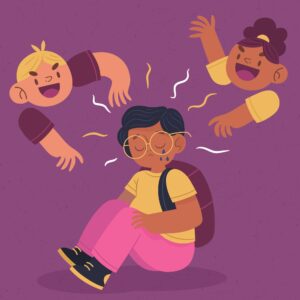
Conduct Disorder Overview Conduct Disorder (CD) is a serious behavioural and emotional disorder diagnosed primarily in children and adolescents. It is characterized by persistent patterns of aggression, deceitfulness, rule violations,...
Read More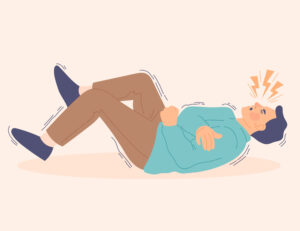
Conversion Disorder Overview Conversion Disorder (also known as Functional Neurological Symptom Disorder) is a condition where individuals experience neurological symptoms such as paralysis, tremors, or seizures without any underlying medical...
Read More
Cynophobia Overview Cynophobia, the excessive and irrational fear of dogs, is a specific phobia classified under anxiety disorders in the DSM-5. While many people may feel uneasy around unfamiliar dogs,...
Read More
Key Facts Prevalence: As per the World Health Organization, depression is one of the leading causes of disability in India, affecting an estimated 56 million people. The prevalence of depressive...
Read More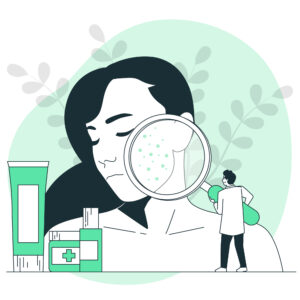
Dermatillomania Dermatillomania, also known as excoriation or skin-picking disorder, is a psychological condition characterized by repetitive, compulsive picking of one's own skin, leading to tissue damage. This behaviour is classified...
Read More
Key Facts Prevalence: Nearly 37% of Indian children and adolescents have experienced cyberbullying, with social media platforms being the most common sites for such incidents. Mental Health Impact: Victims...
Read More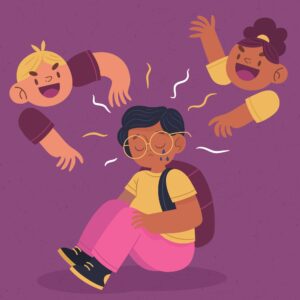
Disruptive Mood Dysregulation Disorder Disruptive Mood Dysregulation Disorder in the Indian Context Overview Disruptive Mood Dysregulation Disorder (DMDD) is a relatively recent addition to psychiatric diagnoses, first introduced in the...
Read More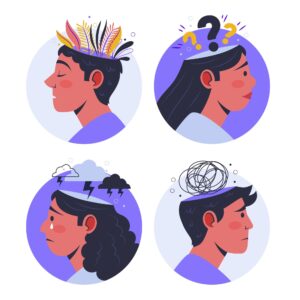
Dissociation Overview Dissociation is a psychological condition characterized by a disconnection between thoughts, identity, consciousness, and memory. It is often a response to trauma and stress. While globally recognized, the...
Read More
Key Facts Prevalence in India: Though data is limited, eating disorders are increasingly recognized in India, especially in urban areas where cultural pressures, modernization, and exposure to media-driven body ideals...
Read More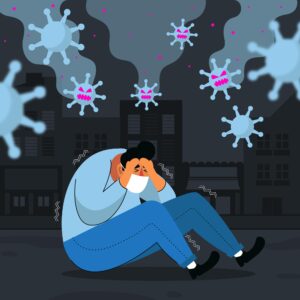
Emetophobia Overview Emetophobia, the intense fear of vomiting, is a specific phobia that can significantly disrupt an individual's daily life. While specific data on emetophobia within the Indian population is...
Read More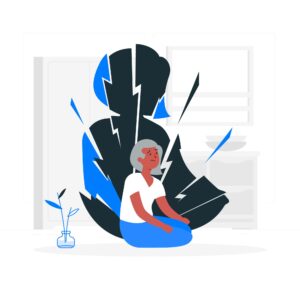
Emotional and Behavioural Disorders Overview Emotional and Behavioural Disorders (EBD) encompass a range of mental health conditions characterized by emotional dysregulation and behavioural issues that significantly impact an individual's daily...
Read More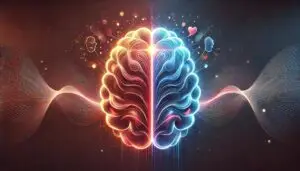
Key Facts Definition: Emotional Intelligence (EI) refers to the ability to recognize, understand, manage, and effectively use emotions in oneself and others. It encompasses skills such as emotional awareness, empathy,...
Read More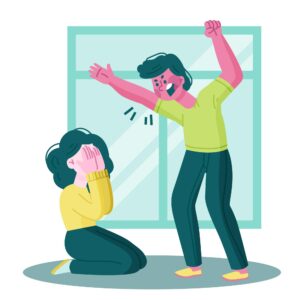
Exposure to Trauma Overview Trauma refers to an individual's emotional and psychological response to distressing events that overwhelm their coping mechanisms. In India, a diverse nation with a vast population,...
Read More
Factitious Disorder Overview Factitious Disorder (FD) is a mental health condition wherein individuals deliberately fabricate or exaggerate symptoms of illness without obvious external incentives, such as financial gain or avoidance...
Read More
Fear of Failure Overview Fear of failure, or atychiphobia, is a pervasive psychological phenomenon characterized by an intense apprehension towards failing, which can significantly impede an individual's personal and professional...
Read More
Gambling Disorder Overview Gambling Disorder, recognized as a behavioural addiction, involves persistent and recurrent problematic gambling behaviour leading to significant distress or impairment. In India, gambling activities range from traditional...
Read More
Key Facts Prevalence: Around 810% of Indian adolescents and young adults exhibit symptoms of gaming disorder, with the numbers rising due to increased access to smartphones and the internet....
Read More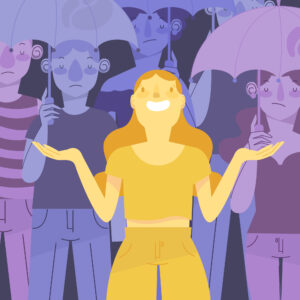
Gender Dysphoria Overview Gender Dysphoria (GD) refers to the psychological distress experienced when an individual's gender identity differs from the sex assigned at birth. This incongruence can lead to significant...
Read More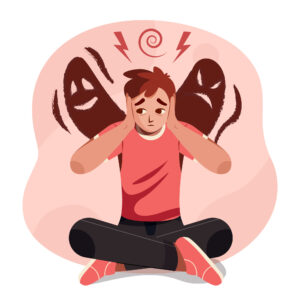
Generalized Anxiety Disorder Overview Generalized Anxiety Disorder (GAD) is a prevalent mental health condition marked by excessive and uncontrollable worry about various aspects of daily life. Individuals with GAD often...
Read More
Grief and Loss Overview Grief is a natural response to loss, encompassing a range of emotional, cognitive, and behavioural reactions. In India, the experience of grief is deeply influenced by...
Read More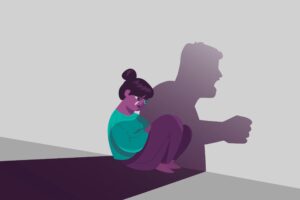
Guilt and Shame Overview Guilt and shame are self-conscious emotions that play significant roles in regulating behaviour and maintaining social harmony. In the Indian context, these emotions are deeply intertwined...
Read More
Hypervigilance Overview Hypervigilance is a state of heightened alertness and sensitivity to one's surroundings, often resulting from exposure to traumatic events. Individuals experiencing hypervigilance are constantly on guard, anticipating potential...
Read More
Hemophobia Hemophobia in the Indian Context: A Psychological Overview Overview Hemophobia, or the fear of blood, is a specific phobia characterized by an intense, irrational fear of blood. Individuals with...
Read More
Homelessness Overview Homelessness in India is a significant social issue, with the 2011 Census reporting approximately 1.77 million homeless individuals, constituting about 0.15% of the country's total population. This population...
Read More
Identity Issues Overview Identity formation is a pivotal aspect of psychological development, encompassing an individual's self-concept, values, beliefs, and roles within society. In the Indian context, identity development is influenced...
Read More
Insomnia Disorder Overview Insomnia Disorder is characterized by persistent difficulties in initiating or maintaining sleep, leading to significant daytime impairment or distress. In India, the prevalence of insomnia varies, with...
Read More
Key Facts Prevalence: Intellectual disabilities affect approximately 12% of the global population, with an estimated 30 million people living with intellectual disabilities in India. Common Conditions: Down syndrome is...
Read More
Intermittent Explosive Disorder Overview Intermittent Explosive Disorder (IED) is characterized by recurrent episodes of impulsive aggression, manifesting as verbal outbursts or physical violence disproportionate to the triggering situation. While global...
Read More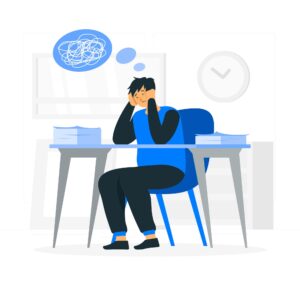
Intrusive Thoughts Overview Intrusive thoughts are involuntary, unwanted thoughts, images, or ideas that can cause significant distress. While they are a common human experience, their persistence and intensity can interfere...
Read More
Lack of Social Support Overview Social support—the perception and actuality of being cared for, esteemed, and part of a social network—is a fundamental human need. In India, the lack of...
Read More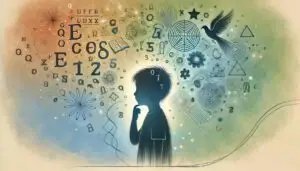
Key Facts Prevalence: Learning disabilities, including dyslexia, affect approximately 510% of children in India. Dyslexia is one of the most common learning disabilities, impacting reading and language processing. Age of...
Read More
Learning Disorders Overview Learning Disorders (LD), also known as Specific Learning Disabilities (SLD), are neurodevelopmental disorders that impede the acquisition and application of academic skills, notably in reading (dyslexia), writing...
Read More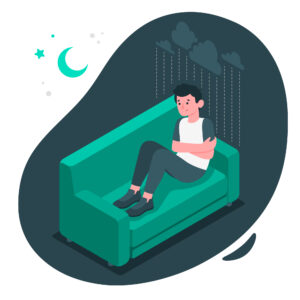
Loneliness Overview Loneliness, a subjective feeling of social isolation, has emerged as a significant public health concern globally. In India, the rapid pace of urbanization, changing family structures, and the...
Read More
Low Self-Esteem Overview Self-esteem refers to an individual's overall sense of personal worth and self-respect. Low self-esteem (LSE) is characterized by a negative self-view, feelings of inadequacy, and a lack...
Read More
Prevalence of Mental Health Conditions Gender and Age: Mental health conditions are more prevalent among males (13.9%) compared to females (7.5%). However, mood disorders are more common in women. The...
Read More
This review article provides a comprehensive overview of the current state of mental health in India, highlighting the challenges faced, the existing initiatives, and the future directions for improving mental...
Read More
Mild Cognitive Impairment Overview Mild Cognitive Impairment (MCI) is a transitional stage between normal cognitive aging and more severe forms of dementia, such as Alzheimer's disease. Individuals with MCI experience...
Read More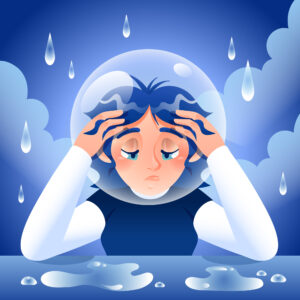
Mysophobia Overview Mysophobia, commonly known as the fear of germs or contamination, is characterized by an intense, persistent fear of dirt, germs, and bacteria. Individuals with this phobia often engage...
Read More
Narcissistic Personality Disorder Overview Narcissistic Personality Disorder (NPD) is a mental health condition characterized by an inflated sense of self-importance, a deep need for excessive attention and admiration, and a...
Read More
Narcolepsy Overview Narcolepsy is a chronic neurological disorder characterized by excessive daytime sleepiness and sudden muscle weakness (cataplexy), often triggered by strong emotions. Despite being a common sleep disorder globally,...
Read More
Negative Body Image and Self-Esteem Overview Negative body image and self-esteem issues are significant psychological concerns affecting individuals' mental health and quality of life. In India, cultural, societal, and media...
Read More
Nocturnal panic attacks, also known as night-time panic attacks, are sudden, unexpected episodes of intense fear and anxiety that wake individuals from sleep. Unlike regular panic attacks, which typically occur...
Read More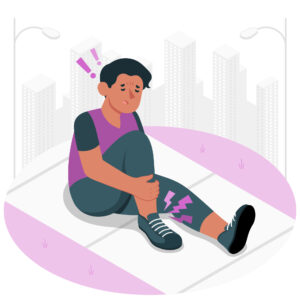
Non-Suicidal Self-injury Overview Non-Suicidal Self-Injury (NSSI) refers to the deliberate, self-inflicted damage to one's body tissue without suicidal intent and for purposes not socially or culturally sanctioned. Common methods include...
Read More
Nyctophobia Overview Nyctophobia, commonly known as fear of the dark, is a prevalent phobia characterized by intense anxiety in dark environments. While it is especially common among children, affecting nearly...
Read More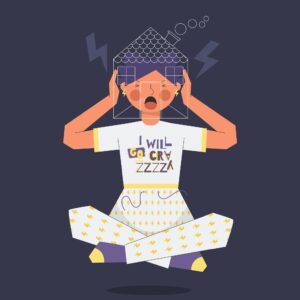
Obsessive-Compulsive Disorder Overview Obsessive-Compulsive Disorder (OCD) is a mental health condition marked by persistent, intrusive thoughts (obsessions) and repetitive behaviours or mental acts (compulsions) performed to alleviate the distress caused...
Read More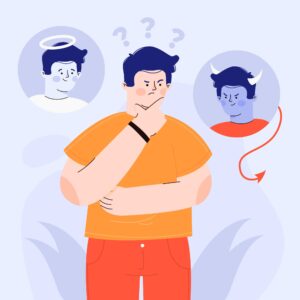
Obsessive Thoughts Overview Obsessive thoughts are intrusive, unwanted, and distressing ideas or impulses that repeatedly enter an individual's mind. They are a hallmark of Obsessive-Compulsive Disorder (OCD), a mental health...
Read More
Ophidiophobia Overview Ophidiophobia, commonly known as the fear of snakes, is a prevalent specific phobia characterized by an intense and irrational fear of snakes. This fear can significantly impact an...
Read More
Oppositional Defiant Disorder Overview Oppositional Defiant Disorder (ODD) is a behavioural condition characterized by a consistent pattern of defiant, hostile, and disobedient behaviours toward authority figures. In India, ODD is...
Read More
Panic disorder is a type of anxiety disorder characterized by sudden, unexpected, and intense episodes of panic, known as panic attacks. These attacks can occur without any clear trigger, often...
Read More
Peer Pressure Overview Peer pressure refers to the influence exerted by peers to encourage individuals to change their attitudes, values, or behaviours to conform to group norms. In India, a...
Read More
Perfectionism Overview Perfectionism is a multifaceted personality trait characterized by the pursuit of flawlessness, setting exceedingly high standards, and engaging in critical self-evaluation. In the Indian context, cultural factors such...
Read More
Personality Disorders Overview Personality disorders (PDs) are enduring patterns of behaviour, cognition, and inner experience that deviate markedly from the expectations of an individual's culture. These patterns are pervasive and...
Read More
Phobia Overview Phobias are a subset of anxiety disorders characterized by an excessive and irrational fear of specific objects, situations, or activities. These fears can significantly disrupt an individual's daily...
Read More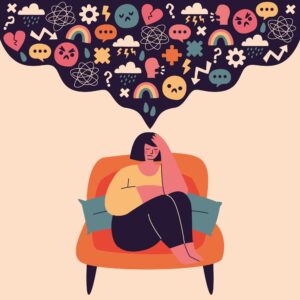
Post-Traumatic Stress Disorder Overview Post-Traumatic Stress Disorder (PTSD) is a mental health condition triggered by experiencing or witnessing a traumatic event. In India, the prevalence of PTSD varies across different...
Read More
Premenstrual Dysphoric Disorder Overview Premenstrual Dysphoric Disorder (PMDD) is a severe form of premenstrual syndrome (PMS) characterized by significant emotional and physical symptoms that disrupt daily functioning. While PMS affects...
Read More
Key Facts Prevalence in India: Though PTSD is less frequently diagnosed in India than in Western countries, studies suggest a significant prevalence, particularly among survivors of violence, natural disasters, road...
Read More
Pyrophobia Overview Pyrophobia, derived from the Greek words 'pyro' (fire) and 'phobos' (fear), refers to an excessive and irrational fear of fire. While a healthy respect for fire is natural...
Read More
Reactive Attachment Disorder Overview Reactive Attachment Disorder (RAD) is a severe condition that emerges in early childhood, characterized by a child's inability to form healthy emotional attachments with caregivers. This...
Read More
School Refusal Overview School refusal refers to a child's persistent reluctance or refusal to attend school, often accompanied by emotional distress. This behaviour is distinct from truancy, as the child...
Read More
Selective Mutism Overview Selective Mutism (SM) is an anxiety disorder predominantly affecting children, characterized by a consistent inability to speak in specific social situations despite speaking comfortably in others, such...
Read More
Separation Anxiety Disorder Overview Separation Anxiety Disorder (SAD) is characterized by excessive fear or anxiety concerning separation from attachment figures, surpassing typical developmental levels and significantly impairing daily functioning. While...
Read More
Situationally Bound Overview Situationally bound panic attacks, also known as cued panic attacks, are intense episodes of fear that occur almost immediately upon exposure to, or in anticipation of, specific...
Read More
Situationally Predisposed Panic Attacks Overview Situationally predisposed panic attacks are episodes of intense fear or discomfort that are more likely to occur in specific situations but do not invariably do...
Read More
1. Key Facts Prevalence: Sleep disorders affect 93% of the Indian population to varying degrees, with urban areas being the most impacted. Impact on Mental Health: Chronic sleep deprivation is...
Read More
Key Facts Prevalence in India: Sleep disorders are increasingly common in India, affecting millions. Insomnia is one of the most prevalent issues, with urban areas seeing a rise due to...
Read More
Key Facts Prevalence: Social Anxiety Disorder (SAD), also known as Social Phobia, affects millions worldwide. In India, it is estimated that 2-7% of the population may experience SAD at some...
Read More
Key Facts Prevalence: Around 10% of India's population, particularly in urban areas, experiences significant social isolation, with higher rates among the elderly, students, and professionals. Impact on Mental Health:...
Read More
Key Facts Prevalence: Over 40% of Indian social media users show signs of addiction, with the highest rates among teenagers and young adults. Time Spent: On average, Indians spend about...
Read More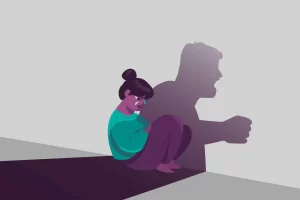
Specific Phobias Overview Specific phobias are characterized by an intense, irrational fear of particular objects or situations, leading to avoidance behaviours and significant distress. In India, these phobias are among...
Read More
Speech and Language Disorders Overview Speech and language disorders encompass a range of communication challenges, including difficulties in articulation, fluency, voice, and language comprehension or expression. In the Indian context,...
Read More
Stress Key Facts Prevalence: Nearly 89% of India’s population suffers from stress, with students, professionals, and homemakers being the most affected. Impact on Mental Health: Chronic stress is a major...
Read More
Mental health comprises our emotional, psychological, and social well-being. It affects our thinking, feelings, perception of the world around us and our actions. It helps us to determine how one...
Read More
Tic Disorders Overview Tic disorders are neurodevelopmental conditions characterized by sudden, repetitive, non-rhythmic movements or vocalizations called tics. These disorders encompass transient tics, chronic motor or vocal tics, and Tourette...
Read More
Tourette Syndrome Overview Tourette Syndrome (TS) is a neurodevelopmental disorder characterized by involuntary motor and vocal tics. Typically manifesting in childhood, TS often persists into adolescence and adulthood. In India,...
Read More
Trichotillomania Overview Trichotillomania, also known as Hair-Pulling Disorder, is a mental health condition characterized by the recurrent, irresistible urge to pull out one's hair, leading to noticeable hair loss and...
Read More
Trypanophobia Overview Trypanophobia, commonly known as needle phobia, is an intense fear of medical procedures involving injections or hypodermic needles. This phobia can lead individuals to avoid essential medical treatments,...
Read More
Unemployment Overview Unemployment is a significant socio-economic issue in India, profoundly affecting individuals' mental health and well-being. Beyond financial instability, the lack of employment can lead to psychological distress, impacting...
Read MoreUnexpected Panic Attacks Unexpected Panic Attacks in the Indian Context: A Psychological Overview Overview Panic attacks are sudden episodes of intense fear or discomfort that peak within minutes, often without...
Read More
Unresolved Trauma Unresolved Trauma in the Indian Context: A Psychological Overview Overview Unresolved trauma refers to psychological distress resulting from adverse experiences that have not been adequately processed or addressed....
Read MoreZoophobia Overview Zoophobia, or the irrational fear of animals, is a specific phobia where individuals experience intense anxiety upon encountering certain animals. In India, cultural factors, biodiversity, and limited exposure...
Read More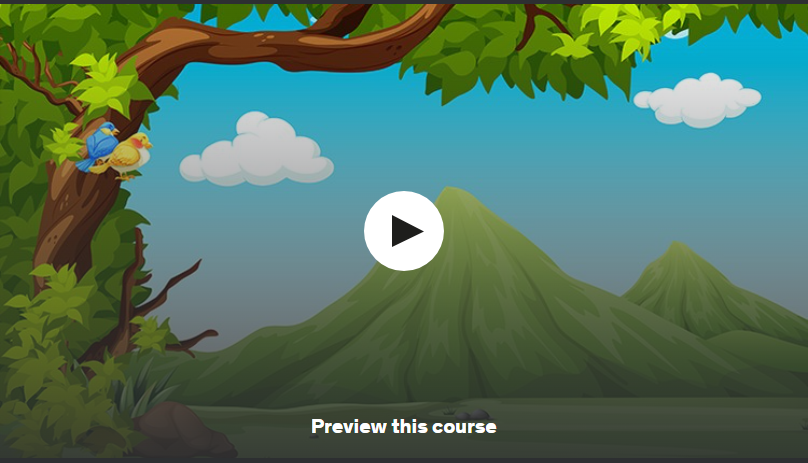
Learn How To Find The "Off-Switch" For Your Racing Thoughts And Feel Back In Control Within 14 Seconds
Get Started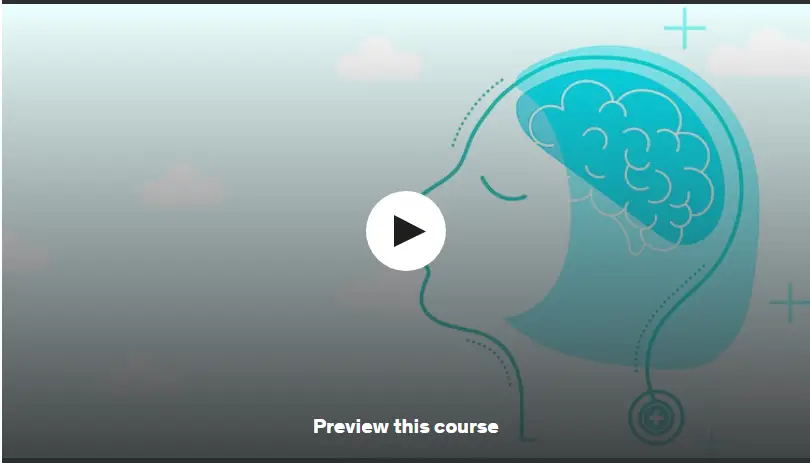
Learn to Turn off the Fight, Flight, Freeze Response and Turn on Calm Using your Body's Natural Parasympathetic Response
Get Started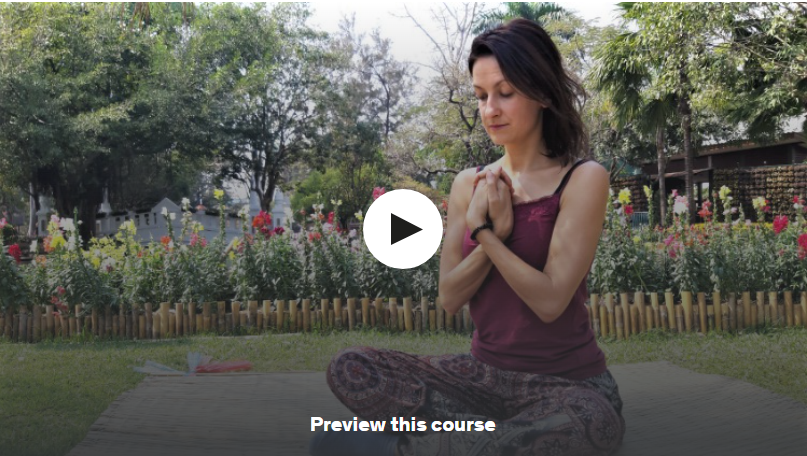

Growth Mindset, Psychology & Mental Health to Find Opportunity in the Crisis & Cope with Fear, Worry, Anxiety & Stress
Get Started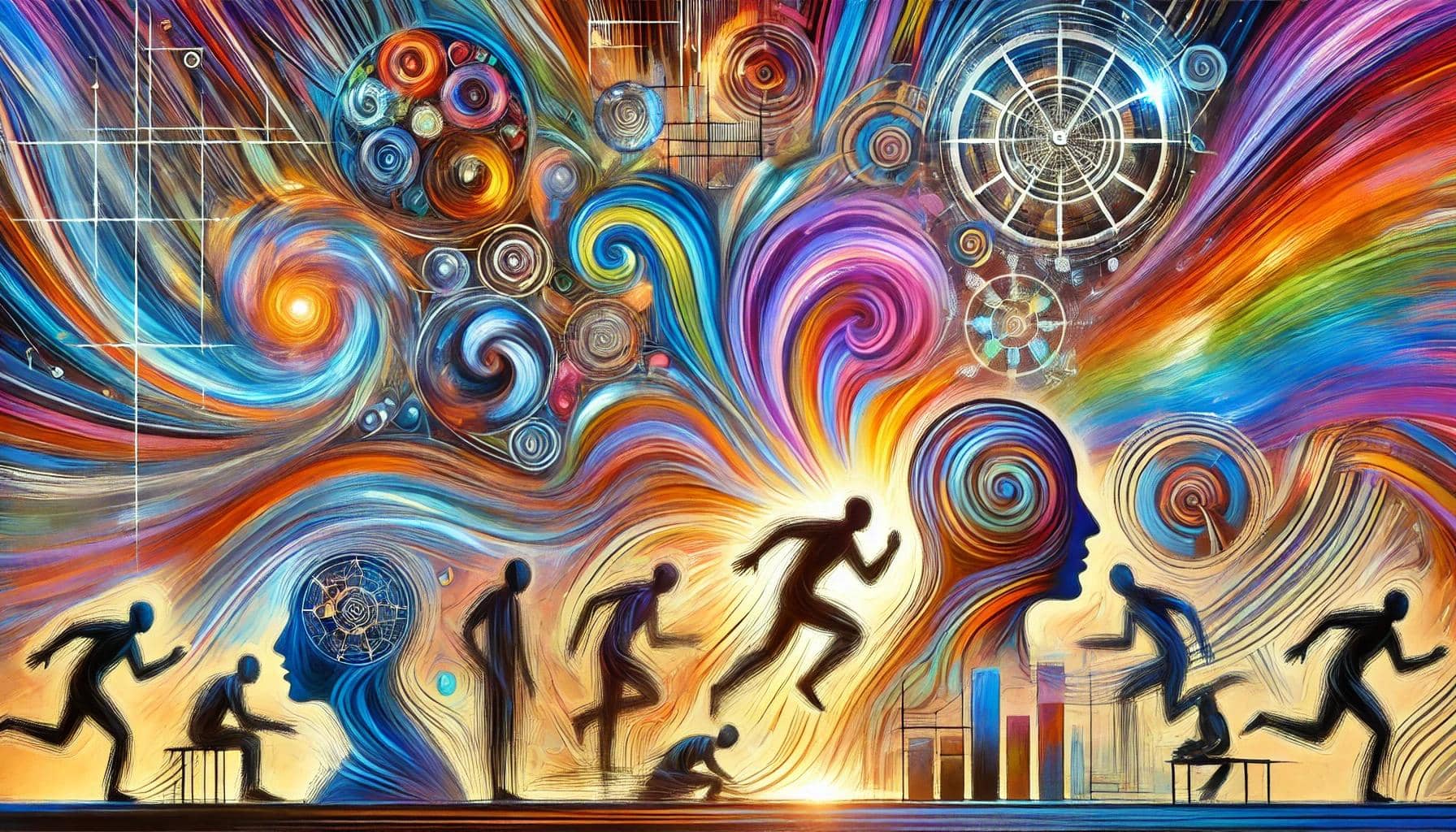
IIn today’s world, mental illness and distress are common and these account for a significant burden of disability within our community. At the same time, there is a growing interest...
Get Started
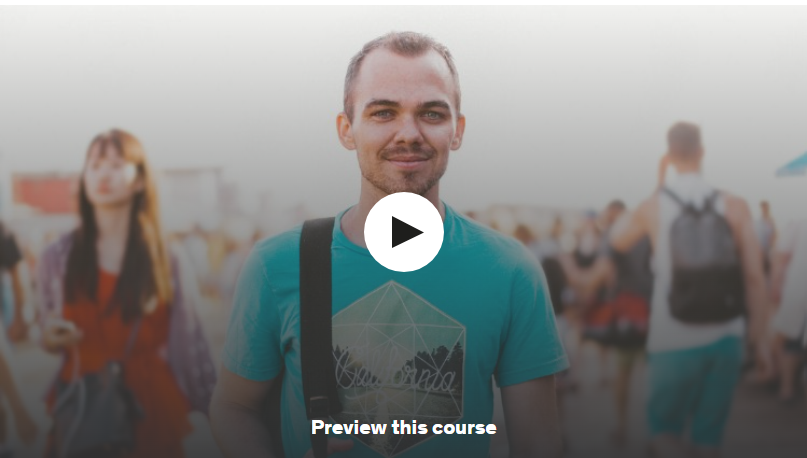
© 2025 MantraMinds. All rights reserved. Our website services, content, and products are for informational purposes only. MantraMinds does not provide medical advice, diagnosis, or treatment. See additional information.